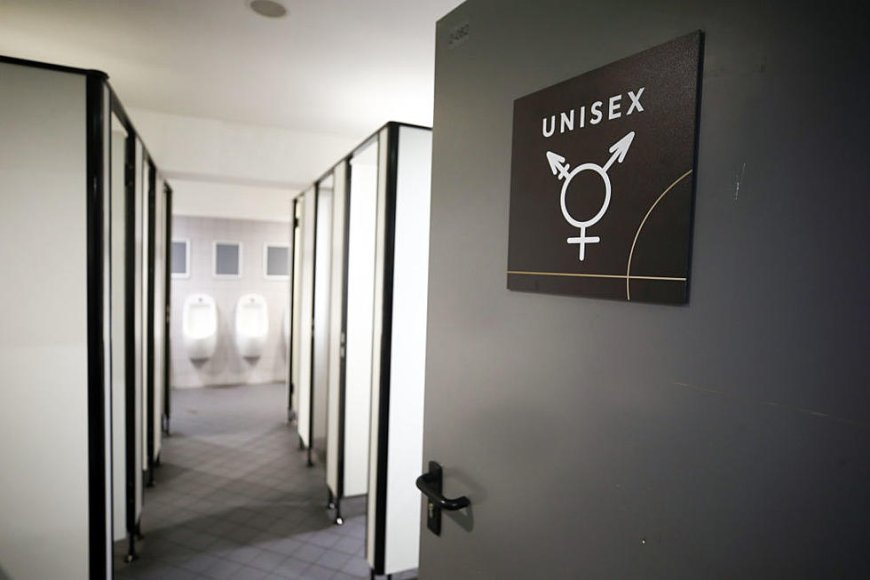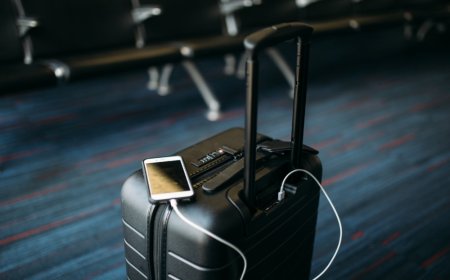Unisex Bathrooms: Pros and Cons
Explore pros and cons of unisex bathrooms in public places. From hygiene concerns to privacy issues, Let's take a look at the debate of unisex restrooms.

Unisex Bathrooms: A Comprehensive Analysis of the Pros and Cons
Public restrooms have traditionally been separated by gender, with men and women using different facilities. However, in recent years, the concept of unisex bathrooms has gained popularity. Unisex bathrooms are facilities that are not designated for a particular gender and can be used by anyone, regardless of their gender identity. While some view unisex bathrooms as a progressive and practical solution, others see them as a threat to privacy and safety.
Definition of Unisex Bathrooms
Unisex bathrooms are public restrooms that are not designated for a particular gender. Instead, they can be used by anyone, regardless of their gender identity. Unisex bathrooms can be single-occupancy, multiple-occupancy, or communal, and they can be found in various public spaces, including schools, restaurants, and offices.
Pros of Unisex Bathrooms
Inclusivity
One of the primary benefits of unisex bathrooms is inclusivity. Unisex bathrooms allow individuals of any gender identity to use the facilities without fear of discrimination or harassment. This is particularly important for transgender and non-binary individuals who may feel uncomfortable or unsafe using gender-specific restrooms.
Improved Accessibility
Unisex bathrooms are also more accessible for individuals with disabilities or mobility issues. They provide more space for wheelchairs, walkers, and other mobility devices, and they often have features such as grab bars and lower sinks that are designed to accommodate people with disabilities.
Cost-Effective
Unisex bathrooms can be more cost-effective than gender-specific restrooms because they require less construction and maintenance. Rather than building and maintaining separate restrooms for men and women, unisex bathrooms can be used by anyone, which reduces the overall cost of construction and maintenance.
Space-Saving
Unisex bathrooms can also save space in buildings. Instead of building separate restrooms for men and women, unisex bathrooms can be designed to accommodate more people in less space.
Cons of Unisex Bathrooms
Privacy Concerns
One of the primary concerns about unisex bathrooms is privacy. Some people feel uncomfortable sharing a restroom with individuals of a different gender, and they may feel that their privacy is being violated. This is particularly true for women who may feel vulnerable using a restroom with men.
Safety Concerns
Another concern about unisex bathrooms is safety. Some people believe that unisex bathrooms are not safe, particularly for women and children, and that they may be at risk of harassment or assault in a shared facility.
Cultural and Religious Concerns
Unisex bathrooms can also pose cultural and religious concerns for some individuals. For example, in some cultures, it is considered inappropriate for men and women to use the same restroom, and in some religions, there are strict guidelines for modesty and privacy that must be observed.
Hygiene Concern
Another concern about unisex bathrooms is hygiene. Some people believe that unisex bathrooms are less hygienic than gender-specific restrooms because they are used by people of different genders. They argue that men are generally less hygienic than women and that unisex bathrooms could increase the risk of the spread of germs and infections.
Case Studies: Schools, Restaurants, and Public Spaces
Unisex bathrooms have been implemented in various public spaces, including schools, restaurants, and other public spaces. Let's take a closer look at how unisex bathrooms are being used in these contexts and what the outcomes have been.
Schools
Some schools have implemented unisex bathrooms to accommodate transgender and non-binary students. In these cases, unisex bathrooms have been shown to improve the safety and inclusivity of these students. However, some parents and community members have expressed concerns about the privacy and safety of other students.
Restaurants
Many restaurants have implemented unisex bathrooms to save space and reduce costs. In most cases, these bathrooms have been well-received by customers, and there have been few complaints about privacy or safety. However, some customers have expressed concerns about hygiene, particularly in high-traffic areas.
Public Spaces
Unisex bathrooms are also being implemented in other public spaces, such as parks, libraries, and community centers. In many cases, these facilities have been well-received by the community and have been shown to improve inclusivity and accessibility. However, some people have expressed concerns about hygiene and safety.
Conclusion
The debate over unisex bathrooms is ongoing, and there are valid arguments on both sides of the issue. While unisex bathrooms can improve inclusivity and accessibility, they also raise concerns about privacy, safety, and hygiene. Ultimately, the decision to implement unisex bathrooms should be based on the specific needs and circumstances of each facility.
What's Your Reaction?






















































